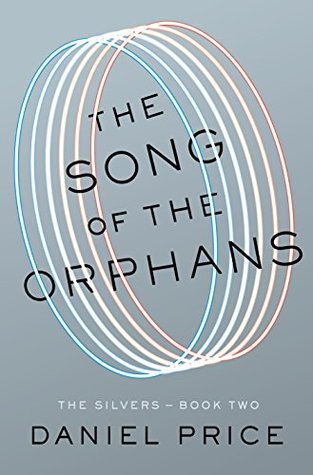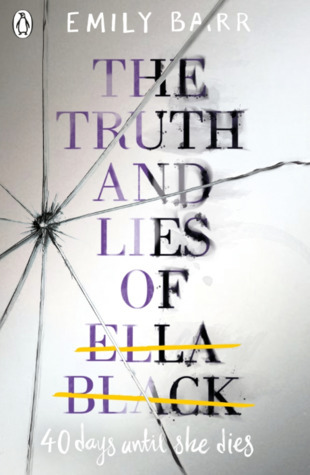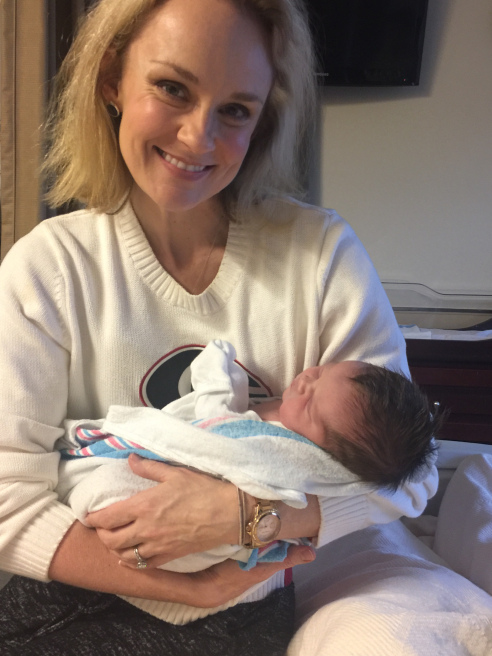
No matter how talented or smart you think you are, there is always a major adjustment to make when transitioning from school to workforce. You are starting at the bottom.
If you are an aspiring marketer just like I was and want to succeed as a marketing professional, here is a list of notable books that taught me a trick or two and could do so for you:
It was a hot summer day in a city where three suns were shining. I was preparing for graduation day as a proud International Relations scholar, class of 2015. Little did I know what the future might hold for me after the graduation day ceremony.
Fast-forward months later, I was working in a rising financial technology startup. I was accepted in a role similar to management trainee and was assigned to the marketing division.
No matter how talented or smart you think you are, there is always a major adjustment to make when transitioning from school to workforce. You are starting at the bottom. Experience taught me the hard way how difficult it can be to navigate the professional marketing world without some tricks up my sleeve.
While the only way to learn is to survive the inevitable cycle of successes and failures, it is always useful to have some guidance along the way. If you are an aspiring marketer just like I was and want to succeed as a marketing professional, here is a list of notable books that taught me a trick or two and could do so for you:
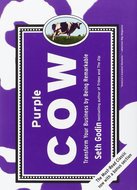 Purple Cow: Transform Your Business by Being Remarkable ( 2003 ) | Author: Seth Godin
Purple Cow: Transform Your Business by Being Remarkable ( 2003 ) | Author: Seth Godin
The impact of advertising in newspapers, billboards and magazines are fading—people are overwhelmed with information and have stopped paying attention to messages. Customers have access to every potential solution provider to their problems just at a click of a button.
Marketing has never been more complicated. Today, we have hundreds of companies just to show us which analytics to watch, before even launching any marketing campaign. It doesn’t stop at buying advertisement space or creating the perfect catchy copy anymore.
So what should companies do to build their brand? In his book, Purple Cow: Transform Your Business by Being Remarkable, Seth Godin underlines that the key to success is to make your product or service remarkable, “to be the purple cow in a field of monochrome Holsteins.”
This book will show you step by step how to become a talk-worthy business from finding your niche market to the innovation culture every business should adopt. Godin reminds us that being noticed is not the same as being remarkable, though. “Running down the street naked will get you noticed, but it won’t accomplish much. It’s easy to pull off a stunt, but not useful.”
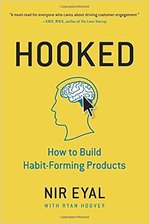 Hooked: How to Build Habit-Forming Products ( 2013 )
Hooked: How to Build Habit-Forming Products ( 2013 )Author: Nir Eyal
Gone are the days where marketing was just about the sprinkled fairy dust to trick your customer into buying. With the rise of the customer-centred approach and social media, today’s marketing initiative is obliged to start with the product or service.
Nir Eyal‘s Hooked: How to Build Habit-Forming Products is a critical work in the increasingly important field of psychological marketing, particularly as it applies to the customer experience. In this book, Eyal proposes a “hooked” model in creating an experience journey for the habit-forming product: trigger, action, variable rewards and investment. Hooked does a brilliant job in explaining how successful businesses engage their customers by creating and rewarding customer habits.
 Predictably Irrational: The Hidden Forces That Shape
Predictably Irrational: The Hidden Forces That ShapeOur Decisions ( 2008 ) | Author: Dan Ariely
Predictably Irrational: The Hidden Forces That Shape Our Decisions is a book written by Dan Ariely in 2008. He challenges the long-running assumptions that decisions are made based on rational thought, but rather, systematical-irrational behaviour.
If Hooked and Purple Cow focus on how to make a great product, Predictably Irrational tells you to understand your customer’s irrationality and work your marketing around it. Irrationality, according to Ariely, is not random or unpredictable. Au contraire, irrationality is systematic and predictable because it follows guidelines of human thinking such as bounded rationality and comparative thinking. If behaviours are predictable, no matter how counter-intuitive, then for a marketer like you, it is an opportunity.
 Buyology: Truth and Lies About Why We Buy ( 2008 )
Buyology: Truth and Lies About Why We Buy ( 2008 )Author: Martin Lindstrom
Buyology: Truth and Lies About Why We Buy documents the findings of Martin Lindstrom on his groundbreaking, four-year, US$7 million, study involving 2,000 volunteers’ brains from five countries to measure their neurological reactions as they were exposed to advertising and marketing messages.
Lindstrom’s team used both functional Magnetic Resonance Imaging (fMRI) and steady state topography scanners (SST) to study what was going on in the brains of consumers as they watched commercials or thought about brands.
As you read this book you will discover how advertising works as proven by brain activities rather than what your customers think they do. For example, it was a known believe that health warnings on cigarette packaging produced no deterrence to active smokers. However, Lindstrom’s research discovered that the same health warning campaign actually stimulated a craving spot in the brain, meaning the campaign against smoking could be a double-edged sword as an effective marketing tool for the big tobacco companies.
The book explores a range of advertising topics, such as how strong brand recognition are like religions, how product placement rarely works save for rigid conditions, and how our mirror neurons can trick us when we purchase. This is a must-read for aspiring marketers who wish to work closely with advertising.
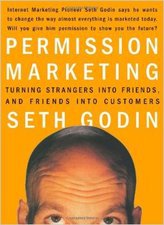 Permission Marketing: Turning Strangers into Friends and Friends into Customers ( 1999 ) | Author: Seth Godin
Permission Marketing: Turning Strangers into Friends and Friends into Customers ( 1999 ) | Author: Seth Godin
For a book written in 1999, Permission Marketing by Seth Godin is one of the most influential, most relevant, marketing books ever written in the stone age of internet history.
Godin argued that treating people with respect and asking their permission to receive personal, anticipated and relevant messages is the future of marketing as opposed to interruption marketing (push advertisement).
As Godin explained, permission marketing works a lot like a marriage proposal experience. The Interruption Marketer buys expensive suits, fashionable accessories and selects a demographically ideal singles bar. They walk into the singles bar, march up to the nearest person and propose marriage. If turned down, the marketer repeats this process on every person in the bar.
This is the analogy for push advertising, where an Interruption Marketer looks at the dataset and treats customers as demographic numbers and statistics, researches the ideal place to run the ads, interrupting people from their activities, and hopes to make sales.
In contrast to this, there is “Permission Marketing”. “The other way to get married is a lot more fun, a lot more rational, and a lot more successful. It’s called dating. A Permission Marketer goes on a date. If it goes well, the two of them go on another date. And then another. Until, after 10 or 12 dates, both sides can really communicate with each other about their needs and desires, they meet each other’s families. And finally, after months of dating, the Permission Marketer proposes marriage.”
“Permission Marketing” is just like dating. It turns strangers into friends and friends into lifetime customers. Many of the rules of dating apply, and so do many of the benefits.
***Those are the top five books to read to kick-start your career in marketing. Got any questions? Feel free to drop a comment below.
Ps. Sharing is caring! Like and share this article if you think your friends could benefit from it!
Pps. This article is originally posted in TheJakartaPost. You can find it here.
Advertisements Share this: